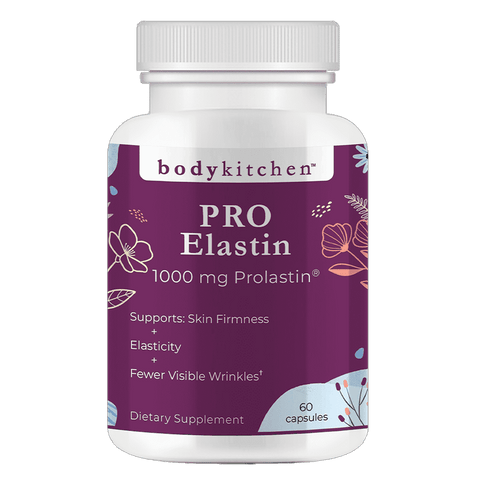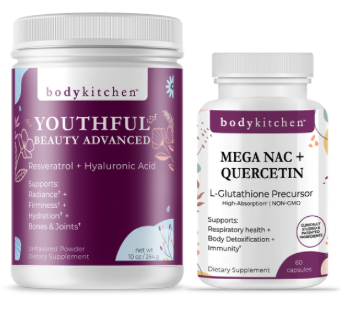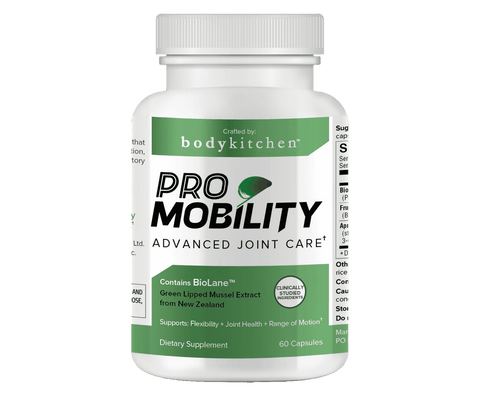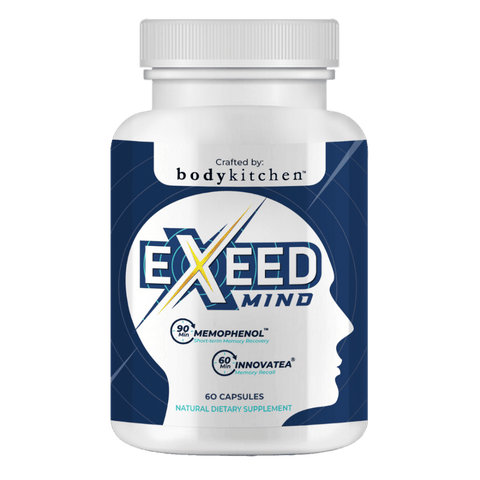Should I Continue to Take Vitamin D in the Summer?
We all know vitamin D is important. In fact, vitamin D supplements consistently rank as one of the top supplements used by Americans. And for good reason. Vitamin D plays many important jobs in our body, from supporting the immune system and our bones to helping our brains and mood.1
But many people are still confused about how much vitamin D per day we actually need, and if a vitamin D supplement is even necessary, especially in summer. Most of us know we can get vitamin D from the sun and from vitamin D foods, but will that alone do the job?
If you too are curious, let’s talk about the incredible way nature helps us make vitamin D and why a vitamin D supplement still might be something to keep in your cabinet year-round.
Is Vitamin D Necessary During the Summer?
This is a common yet important question. First, we know that vitamin D is very important, and keeping our levels adequate year-round is critical for optimal health.
Research suggests that a vitamin D level of 50ng/ml is optimal. Both sunlight, certain vitamin foods, and vitamin D supplements can help us get to that level.2
What does vitamin D do? Here are a few keyways vitamins support our health:
-
Helps us maintain bone strength: Vitamin D works with calcium to make sure it gets absorbed and into the bones where we need it.1
-
Supports the immune system: Vitamin D appears to help our immune system work better. A vitamin D deficiency may increase the risk for respiratory illness and even Covid 19.3
-
May improve mental health: Vitamin D deficiency is associated with rates of depression and seasonal affective disorder.4
The Role of Sun Exposure in Vitamin D
Incredibly, vitamin D is the only vitamin we can make from UV light.
As UV light hits our body, it interacts with compounds in the skin to make something called previtamin D3. This then gets converted into active vitamin D3.
But the sun is finicky. There are many factors that can influence how much vitamin D per day we actually make. These include:1
-
The latitude where you live: The further from the equator, the weaker the sun. You may need longer sun exposure to prevent a vitamin D deficiency.
-
Your skin color: Darker skin tones absorb less UV light. Lighter skin absorbs it more readily.
-
Age: Unfortunately, the older we are, the less we can make as much vitamin D as we did when younger.
-
The time of day: We get the most UV light when the sun is strongest, usually midday.
-
Skin care concerns: Most of us are now wearing sun protection or simply staying out of the sun due to skin cancer warnings, and this can reduce how much UV light we are exposed to.
How Much Sunlight is Enough?
Research suggests that somewhere between 5 – 30 minutes per day of direct sun is needed to get our levels up to 50ng/ml, depending on your skin pigment and the time of year.2
Some of us may get this amount during the summer months, but with warm temperatures keeping us out of the sun more frequently and the use of sunscreen, many of us are at risk for vitamin D deficiency.2
Should You Take a Vitamin D Supplement?
Since sunlight may not be enough, a vitamin D supplement may be a good fit. Always talk with your doctor first to make sure.
While the recommended daily intake set by the government is 600IU/day for most adults, studies suggest that it may take over 5,000IU/day to get up to adequate levels.2
Body Kitchen offers a Vitamin D + K2 with 5,000IU in one simple capsule. This can be an easy way to ensure your vitamin D levels are met all summer long.
How Sunscreens Impact Vitamin D Production
Dermatologists and other healthcare providers recommend the use of daily sunscreen to ward off skin cancers and aging. However, is this impacting our vitamin D status?
A review article published by the British Journal of Dermatology found that, surprisingly, sunscreen does not prevent vitamin D production.
It appears that only small amounts of UVB light are needed by the skin to make vitamin D from the sun, and under ideal sun conditions, this still happens, even with sunscreen applied.5
But they also noted that globally, vitamin D deficiency is still a major problem, but it may be due to other factors than sunscreen. A vitamin D supplement is still a good option to ensure your needs are being met.
Why You Should Combine Vitamin D3 with K2
When choosing a vitamin D supplement, finding one that includes vitamin K2 is your best bet. Why?
Vitamin D and K2 work closely together, helping enhance calcium absorption and improve bone density, and even helps with cardiovascular health.6
And with both of these nutrients, dietary sources are limited, so combining them together in one easy capsule takes care of both.
That’s why Body Kitchen’s Vitamin D supplement offers both 5,000IU of daily vitamin D as well, over 100% of your daily need for vitamin K2. It’s one and done so you can get on with your day.
Best Sources of Vitamin D in Summer
Besides getting some summer sun, there are few foods high in vitamin D that you can add to your summer routine. Some of these foods include:1
-
Fatty fish (especially trout and salmon)
-
Eggs
-
Fortified milk and non-dairy milks
-
Some ready-to-eat cereals
-
Mushrooms exposed to UV light
Think about grilling some fish or mushrooms this summer. Make some fun smoothies with milk or non-dairy milks. And keep things easy by having hard-boiled eggs on hand or some healthy cereals in the pantry for days when time is tight or it’s just too warm for cooking.
Final Thoughts
A healthy diet, sun and vitamin D supplements are the best combo to you at your best all summer long.
You can probably get enough vitamin D from the sun and some select foods, but for most, it’s hard to meet that consistently. And vitamin D deficiency is a real concern.
Always talk with your doctor before starting any new supplements, but keeping a high-quality vitamin D supplement, like body Kitchens Vitamin D3 + K2, on hand year-round may make sense for optimal health.
Here’s to a healthy summer!

















